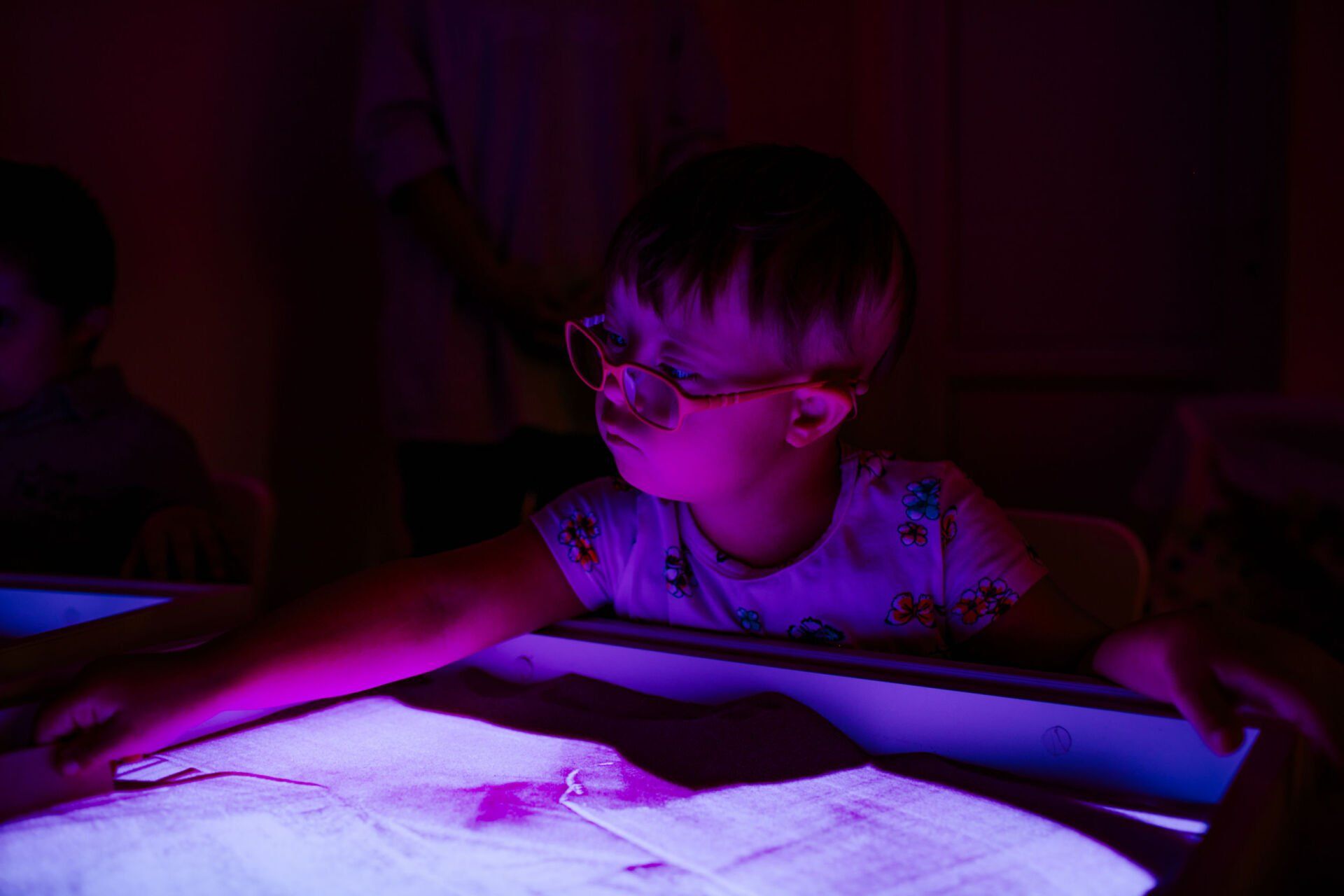Global Developmental Delay Diagnosis Criteria That You Should Know

Every human being on this earth is unique. The same goes for children and their developmental rates. With developmental milestones such as sitting up, crawling, rolling over, walking, babbling, talking, etc., parents can assess whether their child is experiencing a developmental delay. When you are seeing your doctor for appointments, there is global developmental delay diagnosis criteria which they will decide what condition or best treatments for your kids.
Most children usually reach developmental milestones at a similar pace, some may even move faster than others. However, a child with global developmental delay may not reach one or more of these milestones until much later in life, which can prove to be challenging.
In this article, we discuss what is global developmental delay, the causes of developmental delay, and global developmental delay diagnosis criteria for each type.
What is Global Developmental Delay?
Global developmental delay is widely understood as an umbrella term used for when children are significantly delayed in their cognitive and physical development. It’s diagnosed when a child is delayed in achieving one or more milestones, categorized into fine and gross motor skills, speech, cognitive skills, and social and emotional development.
Causes of Global Developmental Delay
Global developmental delay is usually attributed to genetic abnormalities that affect the brain and spinal cord. Also, most developmental delays occur before a child is born while some can occur after birth due to infection, injury, or other factors. Up to this day, the exact causes of developmental delay remain difficult to pinpoint as a variety of things can contribute to it.
Developmental delays can also be a sign of other underlying medical conditions such as Autism Spectrum Disorder (ASD), cerebral palsy, foetal alcohol spectrum disorder, Landau Kleffner syndrome, myopathies, and genetic disorders such as Down syndrome and fragile X syndrome.
Global Developmental Delay Diagnosis Criteria
There are five main areas of development – speech and language skills, fine and gross motor skills, cognitive skills, social and emotional skills, and vision. If you suspect that your child is experiencing one or more delays in any of these areas, don’t wait too long to seek medical advice as early intervention can help improve development delays.
i) Speech and Language Delay
These are not unusual in toddlers. In fact, it’s the most common type of developmental delays due to exposure to more than one language, a learning disability, child abuse or neglect, hearing loss, ASD, or unknown causes. Contact the doctor if your child displays the following diagnoses:
- Doesn’t babble or respond to sounds
- Doesn’t use single words like “mama”
- Doesn’t understand words like “bye-bye”
- Doesn’t use two-word phrases without repetition
- Doesn't use speech to communicate more than immediate needs
ii) Vision Delay
A newborn's vision is usually blurry until 6 months. It improves as the child begins to coordinate sight in both eyes. However, refractive errors such as amblyopia, infantile cataract, retinopathy of prematurity, and strabismus can cause vision delays. If your child displays any of the following diagnoses, contact the doctor:
- Has trouble moving one or both eyes in all directions
- Crosses eyes most of the time
- Doesn’t follow moving objects with their eyes
- Has one or both eyes turning in or out all the time
- Experiences constant tearing or eye drainage
iii) Motor Skills Delay
Delay in motor skills may be related to problems with gross motor skills like crawling or walking, or fine motor skills like holding a toy or using a crayon. Possible causes include premature birth, ataxia, cerebral palsy, myopathy, spina bifida, etc. Exhibiting some of the following signs can indicate that your child has delays in developing certain motor skills:
- Stiff arms and legs
- Floppy or loose trunk and limbs
- Limited movement in arms and legs
- Inability to sit without support by 9 months old
- Inability to bear weight on legs and stand up by 1 year old
iv) Social and Emotional Delay
Children with social and emotional delay typically have problems interacting with adults or other children. These problems usually show up before they begin schooling due to cognitive delays, ineffective parenting or attachment problems, or unknown causes. Exhibiting some of the following signs can indicate that your child has social and emotional delay:
- Seems frightened by people or don’t pay attention to new faces
- Doesn’t smile at people
- Shows no affection or enjoyment around people
- Shows no interest in games of peek-a-boo
- Shows no response to back-and-forth gestures
v) Cognitive Delay
Children with this type of developmental delay may have problems with their cognitive skills due to genetic defects, medical problems before birth, exposure to harmful environment or neglect. Exhibiting some of the following signs can indicate that your child has cognitive delay:
- Doesn’t search for hidden objects while they watch
- Doesn’t use gestures or point to objects or pictures
- Doesn’t know the function of common objects
- Doesn’t follow simple instructions
- Doesn’t imitate actions or words
With these diagnoses, you ought to seek early treatment as some developmental delays can be improved with therapies. Even for children with serious developmental delays, therapies can help make big improvements so long as early treatment is given.
Choose Well Rehab as your trusted rehabilitation centre in Malaysia
Ensuring your child’s developmental delay improves with therapy drives all of us at Well Rehab.
As Malaysia’s leading rehabilitation centre, we are the preferred,
qualified, and certified professionals that are trusted nationwide. For more information about our therapies or services in Malaysia, you may contact us at +60 12 512 8487 or email
wellrehabmanagement@gmail.com.




